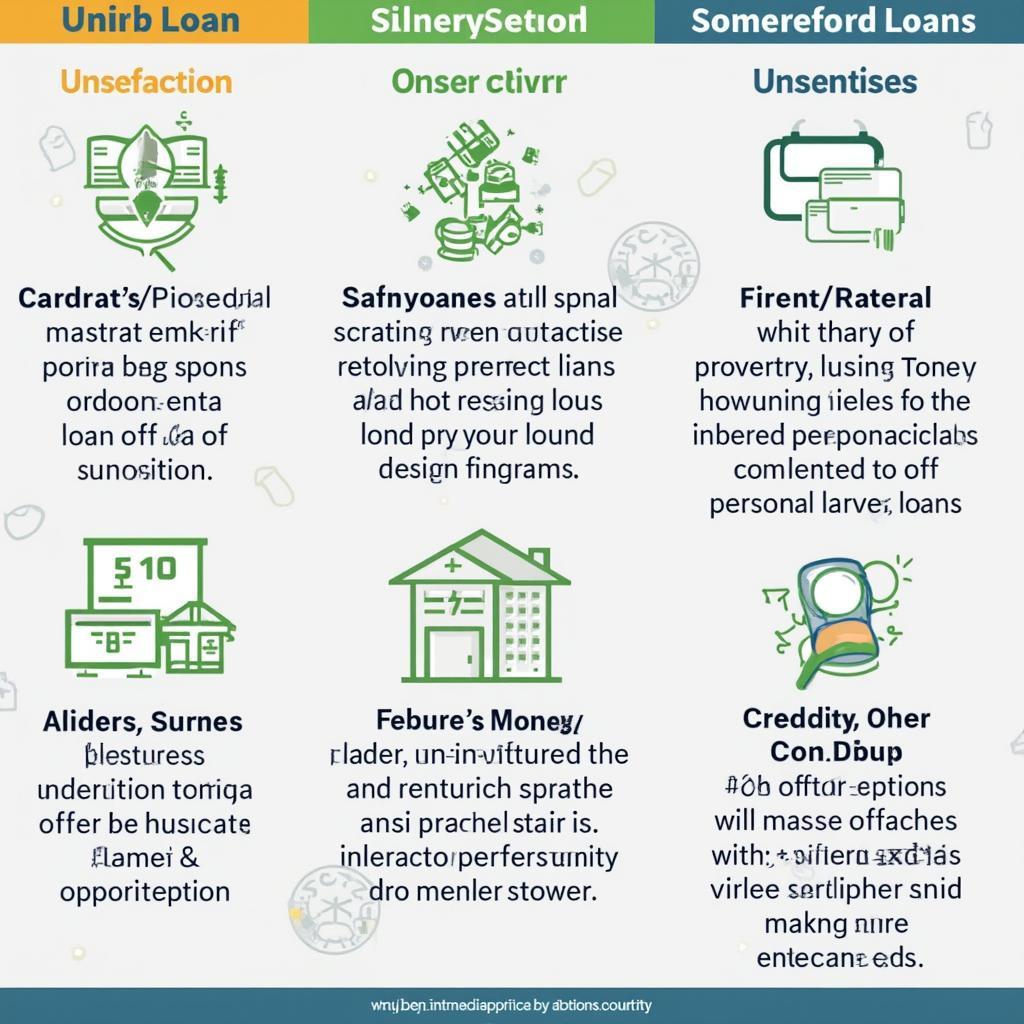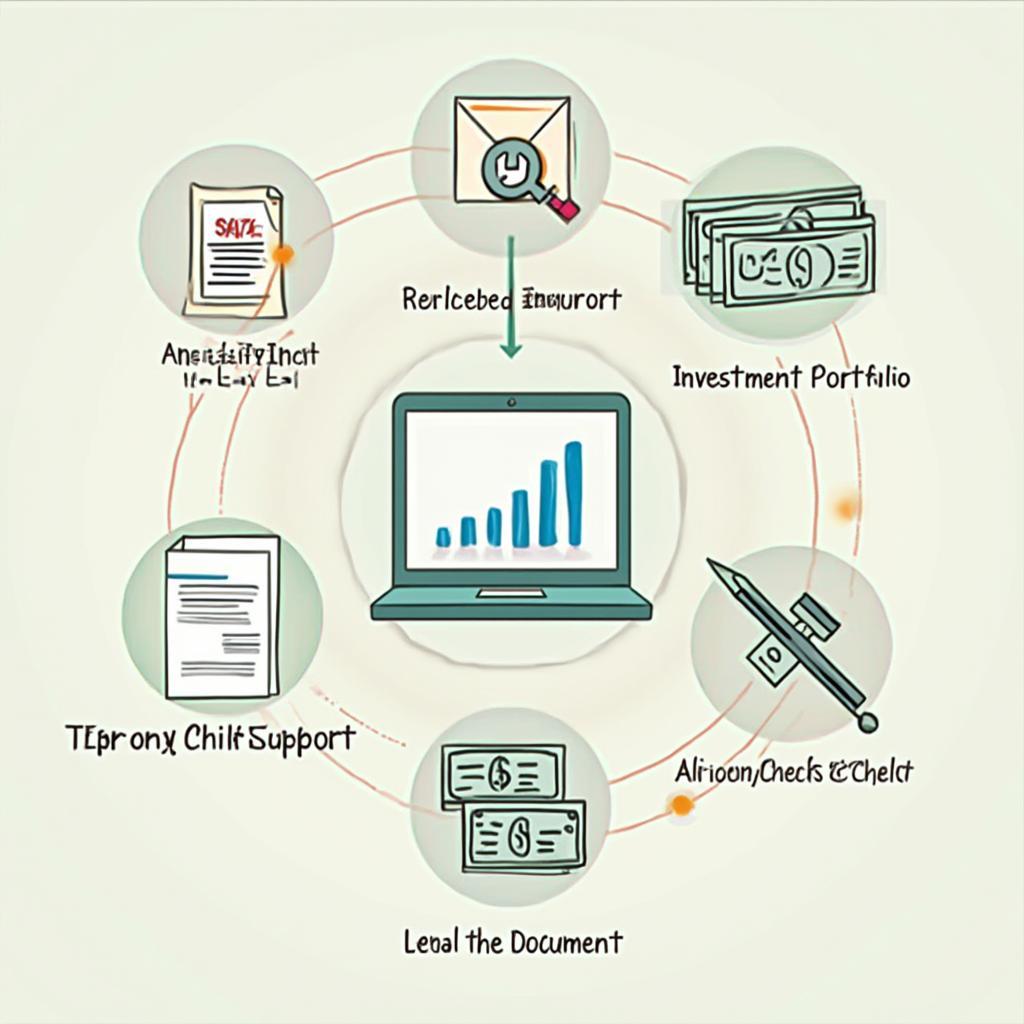
Government Loans for College Students: A Comprehensive Guide
Government loans are often the cornerstone of financing a college education. They offer several advantages over private loans, including lower interest rates, flexible repayment options, and income-driven repayment plans. This guide will delve into the world of government loans for college students, providing a comprehensive understanding of the types of loans, eligibility requirements, application process, and repayment strategies.
Types of Federal Student Loans
Understanding the different types of federal student loans is crucial for making informed decisions about financing your education. There are two main categories:
Direct Subsidized Loans:
These loans are need-based, meaning your eligibility depends on your financial circumstances. The government pays the interest while you’re in school at least half-time, during your grace period, and during deferment.
Direct Unsubsidized Loans:
These loans are not need-based. You’re responsible for paying the interest that accrues from the time the loan is disbursed until it’s paid off. You can choose to pay the interest while in school or allow it to capitalize (be added to the principal).
Direct PLUS Loans:
These loans are for graduate or professional students and parents of dependent undergraduate students. PLUS loans require a credit check and are not based on financial need.
Eligibility for Federal Student Loans
To qualify for federal student loans, you generally must:
- Be a U.S. citizen or eligible non-citizen
- Have a high school diploma or GED
- Be enrolled or accepted for enrollment at least half-time in an eligible degree or certificate program
- Maintain satisfactory academic progress
- Not be in default on any previous federal student loans
Applying for Federal Student Loans
The application process for federal student loans begins with the Free Application for Federal Student Aid (FAFSA). This form collects information about your family’s finances and determines your eligibility for federal aid, including grants, scholarships, and loans.
- Complete the FAFSA: Submit your FAFSA online at studentaid.gov.
- Review Your Student Aid Report (SAR): This report summarizes the information you provided on the FAFSA.
- Accept Your Financial Aid Award: Your college will send you a financial aid award letter outlining your aid package.
- Complete Entrance Counseling: This online session provides important information about your loan responsibilities.
- Sign a Master Promissory Note (MPN): This is a legal document in which you agree to repay your loan.
 Federal Student Loan Application Process
Federal Student Loan Application Process
Repaying Your Federal Student Loans
There are several repayment plans available for federal student loans, each with different terms and conditions. Some plans base your monthly payment on your income, making them more manageable for borrowers with lower incomes.
- Standard Repayment Plan: Fixed monthly payments over 10 years.
- Graduated Repayment Plan: Payments start lower and increase gradually over 10 years.
- Extended Repayment Plan: Fixed or graduated payments over 25 years.
- Income-Driven Repayment Plans: Payments are based on your income and family size.
loans for college students with no cosigner
Managing Your Student Loan Debt
Managing your student loan debt effectively is essential for your long-term financial health. Here are some tips:
- Create a Budget: Track your income and expenses to ensure you can afford your loan payments.
- Explore Loan Forgiveness Programs: Certain professions may qualify for loan forgiveness after a specific period of service.
- Consider Loan Consolidation: Combining multiple federal loans into one can simplify repayment.
“Understanding the nuances of federal student loans is paramount for making informed borrowing decisions,” says Jane Doe, a Certified Financial Planner at ABC Financial Group. “Choosing the right repayment plan and managing your debt diligently can pave the way for a secure financial future.”
can you get a va loan with a cosigner
Conclusion
Government loans for college students offer a valuable resource for financing your education. By understanding the different loan types, eligibility criteria, application process, and repayment options, you can make informed decisions and manage your student loan debt effectively. Start by completing the FAFSA and explore all available resources to ensure a smooth and successful journey toward achieving your academic goals. “Don’t be afraid to seek guidance from financial aid advisors,” adds John Smith, Senior Loan Officer at XYZ Bank. “They can provide personalized support and help you navigate the complexities of student loans.”
FAQ
- What is the FAFSA? The Free Application for Federal Student Aid (FAFSA) is a form used to determine your eligibility for federal student aid.
- What is the difference between subsidized and unsubsidized loans? Subsidized loans are need-based and the government pays the interest while you’re in school, while unsubsidized loans are not need-based and you’re responsible for all interest accrued.
- How do I choose a repayment plan? Consider your income, family size, and long-term financial goals when selecting a repayment plan.
- What is loan consolidation? Loan consolidation combines multiple federal loans into a single loan with one monthly payment.
- What are income-driven repayment plans? These plans base your monthly payments on your income and family size.
- Are there loan forgiveness programs for federal student loans? Yes, certain professions may qualify for loan forgiveness after a specified period of service.
- Where can I get help with the FAFSA? Your high school guidance counselor, college financial aid office, and the Federal Student Aid website can provide assistance with the FAFSA.




